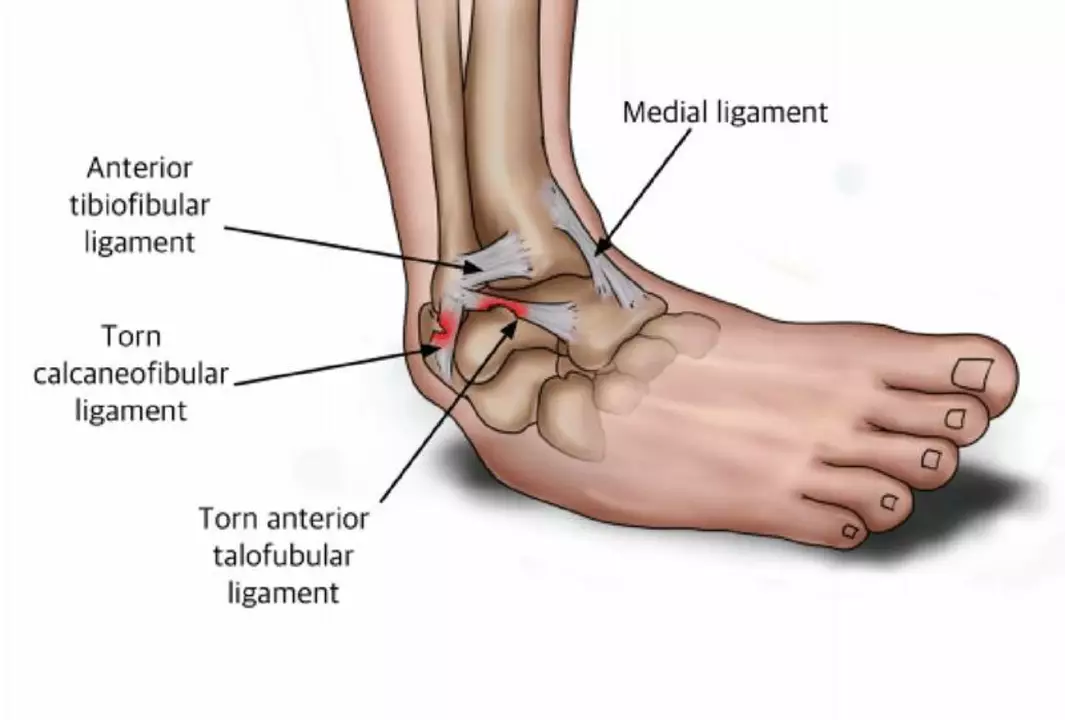Recovery: Practical Steps to Heal Faster
Whether you're recovering from an infection, surgery, or a bad flare-up of a chronic condition, the goal is the same: get back to normal as safely and quickly as possible. This page groups clear, practical advice you can use today — from wound care and medication tips to sleep, nutrition, and when to call your doctor.
Start by following your prescriptions exactly. Medications work best when taken on schedule and at the right dose. If a medicine makes you feel worse or causes troubling side effects, call your prescriber before stopping. For antibiotics and antivirals, finishing the full course prevents relapse and resistance. For pain meds and blood thinners, keep a list and review it with your provider so doses don’t overlap or interact badly.
Daily habits that speed recovery
Sleep matters more than most people think. Aim for regular sleep and make your room dark, cool, and quiet. Small naps can help if you’re exhausted, but keep them short. Nutrition fuels healing: prioritize protein, vegetables, and easy carbs. Hydration helps digestion and medication absorption — sip water throughout the day. Gentle movement boosts circulation and lung function; short walks or light stretching often beat long bed rest.
Wound and skin care is mostly simple: keep the area clean, follow dressing instructions, and watch for redness, swelling, increasing pain, or pus. For burns or steroid use like fluocinolone, follow specialist advice because some creams can hurt healing. If you use inhalers for COPD, keep a spacer and practice technique — wrong use lowers benefit.
Mental and social steps that help
Feeling low or anxious can slow physical recovery. Set small goals each day, ask for help with chores, and stay connected to friends or online support groups. If sleep or mood problems persist, talk to your doctor — sometimes short-term therapy, sleep aids, or supplements like valerian can help. Be realistic about timelines; overdoing activity too soon often causes setbacks.
Know warning signs that need attention: high fever, worsening shortness of breath, chest pain, sudden swelling, severe bleeding, confusion, or signs of infection. For medication questions — like switching blood pressure drugs, finding cheaper inhalers, or choosing antiviral options — check reliable guides or contact your pharmacist for safe alternatives.
Use this tag to find articles that match your situation: tips on antiviral treatment for chickenpox, safer ways to buy needed medicines, alternatives for common drugs, and natural supports like oregano and wild thyme for digestion. We link clear how-to guides and safety checks so you can make smart choices without guesswork. Recovery is a step-by-step process; small, consistent actions matter more than heroic effort.
Quick checklist to keep with you: medication list with doses and times, phone numbers for your doctor and pharmacy, any allergies, wound photos if you need follow-up, date of last vaccine or test, and a simple daily log of symptoms and temperature. Share this list at appointments or when calling for advice. A short checklist saves time, prevents errors, and helps caregivers act fast when you can't explain things yourself. Store one copy with a caregiver.

How to Tell If Your Sprain Has Turned Into a Chronic Injury
Sprains can be quite painful and take time to heal, but sometimes they can turn into chronic injuries if not properly treated. To determine if your sprain has become a chronic issue, look out for signs like persistent pain, swelling, and limited mobility even after the healing period. Additionally, recurrent sprains or issues in the same area can indicate a chronic problem. If you're experiencing any of these symptoms, it's essential to consult a medical professional for accurate diagnosis and treatment. Don't ignore these signs, as chronic injuries can significantly impact your daily life and well-being.
More Detail